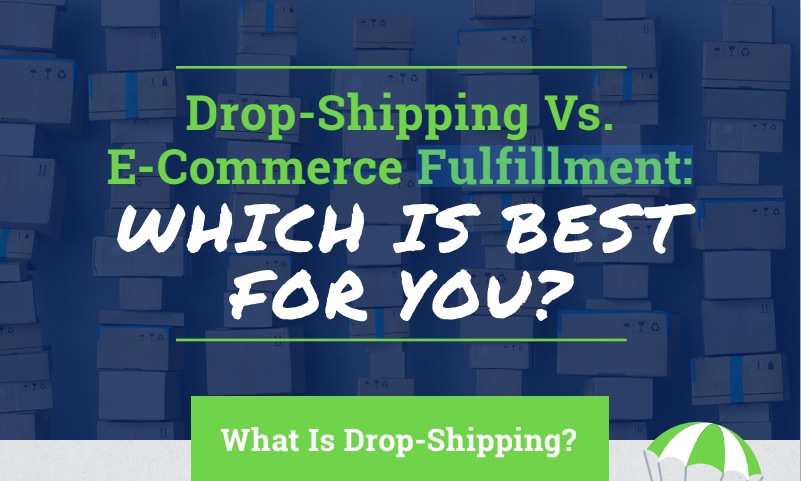
This infographic was created by AMS Fulfillment, a fufillment management system provider
If you sell merchandise online, you are not alone. There are about12-24 milliononline storefronts worldwide, selling everything from single pieces of vintage clothing to pallets full of packaged food. In the United States alone, there are 2.1 million online retailers.The customer base for online merchants is huge — 2.14 billion people worldwideare shopping online — and that number continues to increase.
Selling products online can level the playing field for merchants. That’s because an online seller doesn’t require a fancy storefront in an upscale shopping district — or any storefront, for that matter. An online retailer can operate out of a sprawling warehouse 24/7, or out of the seller’s small garage on weekends.
Aside from having options for how, where and when to sell their merchandise, online retailers also have options regarding how to wrap, package and ship their customers’ orders.This process is known as order fulfillment.
E-commercefulfillment model: An online seller might keep his or her products on the premises, and then pack and ship each sale as purchase ordersare received. This practice is known as an “e-commerce” model. Typically, it works well for sellers who have access to an appropriate amount ofstorage space for their product inventory;have time to dedicate to each sale; and prefer to have control over the packing and shipping portion of the fulfillmentprocess.
Drop-shipfulfillment model: Online retailerswho prefer not to stock the merchandise themselves can outsourcethe packing and shipping of the goods to a third party.This method is called a “drop-ship” model. It usually works well for sellers who don’t have access to adequate storagespace or the supplies needed for product storage and shipping.
Each fulfillment method has advantages:
E-Commerce Fulfillment Advantages
- Healthier profit margins
- Greater attention to branding
- Ability to sell your own merchandise
- More control over product fulfillment
- Extrafocus on customer service
- Ability to retain customer information
Drop-Shipping Advantages
- Minimal startup costs
- Low overhead expenses
- No physicallocation required
- No worryabout manufacturing processes
- Reliable traffic
- Less marketing expertise needed
Some online merchants begin their sales operations using an e-commerce fulfillment process but then convert to a drop-ship model as their sales increase. Other online sellers use e-commerce fulfillment throughout the year when sales are manageable, and then outsource to a third-party fulfillment house when sale volumes increase, such as during the busy holiday season.
Which fulfillment method is the better option for your online business? Learn more in the accompanying resource.
AUTHOR BIO: Jay Catlin is CEO at AMS Fulfillment, a leading order fulfillment company servicing B2B and B2C clients nationwide. Catlin has been with the company since 2002 and helped grow AMS into the successful third-party fulfillment entity it is today.





